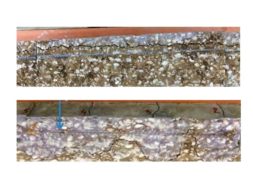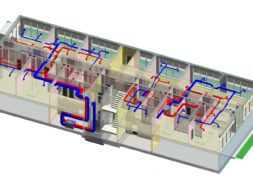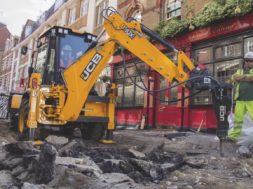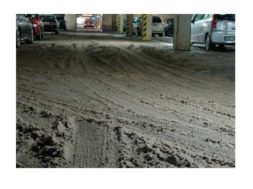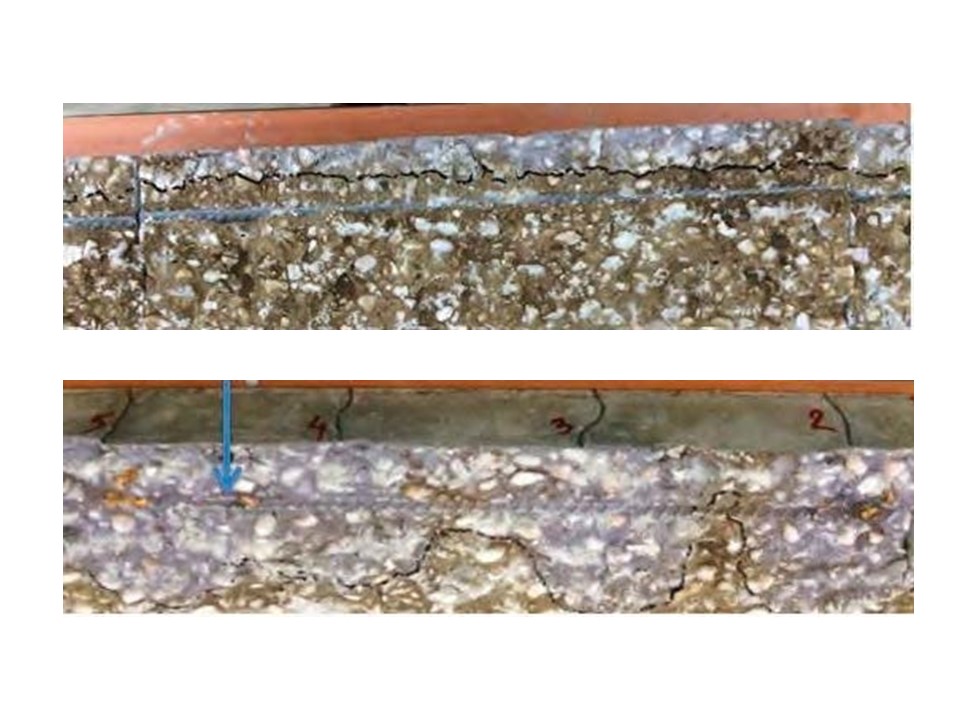
In the past, problems with structures were mostly incidental, but nowadays new tendencies are observed, like aging of structures and their consequences, the use of software without understanding its background, and changes of the function of a structure during service life.
That means that there is a growing need for another profile in structural engineering: the forensic engineer. The need, and the requirements for such a new professional profile are treated in this paper.
Important capabilities of forensic engineers
4. Being able to deal with the effect of aging of structures on structural safety
For many decades concrete structures have been designed for predominantly two criteria: structural safety and serviceability. There were no considerations about the service life of structures. However the observation of substantial damage to concrete structures developing in time due to deterioration processes became gradually a point of large concern. In the new fib- Model Code for Concrete Structures 2010 design for service life is a central issue. According to this principle, structures are designed to satisfy the demands for safety and serviceability for a specified period of time. Structures serving the infrastructure of a country, like tunnels and bridges, are mostly designed for a low maintenance service life of 100 years. In structures like buildings and offices the functional service life is often the governing criterion, so that a physical service life of 50 years is most often required. Nowadays, we dispose of considerable knowledge with regard to deterioration processes, and we are able to design our new structures for service life by making sure that we use the right materials, that the concrete cover is sufficient and that the cracks are well controlled. We dispose of adequate quality control procedures for the material concrete and its constituents to avoid unforeseen problems like e.g. alkali aggregate reaction.
